Chicks are cute, but beware because they are addictive and your pets will want to eat them. You learn that once they are out of the brooder life as you know it ends. You will be a slave to their safety, a mucker of coops and a self-taught veterinarian. Oh they will give you eggs, except when they decide to moult, but the first one is likely worth $1100.00. Ahem.
Oh they are adorable, and when the first one flies out of the brooder you will exclaim, 'Awwwwwwwwwwwwwwwww....is there anything on earth so cute'. .
And you will already have taught them how to drink, how to go through an archway, how to get into or out of the heat but you will never teach them how to keep poop out of the waterer, no matter how high you place it.
Nevertheless, the moment this flock is old enough you will want to do it all over again. These chicks hatched May 15 2008 and at two and a half years old are considered 'old'- who knew? Here we go again.
Of course it's David's fault because be made me the most astonishing brooder and getting the chicks to coop size was so *easy*. Heh.
For 2011, we're hoping that this Australorp pair will produce enough fertilized eggs for a good hatch. They're residents of Hidden meadow Farm
The biggest challenge here is predator protection. If you peruse the Wildlife page, you'll see what I mean. We can't free-range, so David designed the chicken runs to deter the meat and egg-eaters. The basic rule is to use 1/2" gauge wire, to roof the run, install a predator flange, and to make all parts of the coop inaccessible to anything but the chickens. Any gap 1/2" or bigger must be plugged in a way that is permanent. Forget that and a tiny weasel can kill a dozen hens in one spree.
We began our barn renos in February of 2008 and worked through winter to create our new coop. This fall and winter (2010) we are finishing a second coop with the same level of protection. The space for the coops used to be a huge horse stall used by our late Morgan mare, Koosa.
We recycled wood from the barn where possible, then used both plywood and particle board for the panels, and treated lumber for the dividers, studs and beams.
We found the coop a great place to be innovative and created a hopper feeder out of PVC which can be top-loaded in the feed foom next door, and a long row of next boxes that the hens adore. We discovered that platforms are ideal in a coop both because it gives more floor space, keeps the birds amused, and offers a work surface for the humans.
You would think the coop was the hard part, but the run is more demanding. We roofed it with clear vinyl, installed a 3' deep predator flange, wired it with 1/2" gauge and sealed it up against all those things that like chicken. David installed snow and wind boards, too, so that the birds can be sheltered year-round.
Laying hens are challenging and the learning curve is steep. I had experience as a teen assisting a cousin, and it prepared me for a lot. But even with great predator protection and lack of disease, the issues of nutrition and care of the egg mechanism are challenging.
If you build well, your first egg will be expensive. But you'll also be as comfortable out there as your chickens. In deep winter, it matters. You can cut costs with good-quality reuseables as we did, but be sure the birds can be draft-free but with a decent air flow to avoid moisture build-up. And there's nothing nicer during and after a storm as a covered run.
If you're comfortable, they're downright cosy and you can avoid contamination from wild birds and get your eggs without having them freeze.
Adding things like suet keeps the birds warm too, and cleanup is easier in winter as everything scrapes up in tidy lumps.
If you have electricity, an electric dog bowl is the cat's meow.
Literally.
and the hens like them too.
Thing is, if you build and the structure can't hold a snow load in a winter zone it's all over for the chickens and for you. Unless you plan to move them to a garage or your basement.
For help with your chickens be sure to check Down The Lane Website:

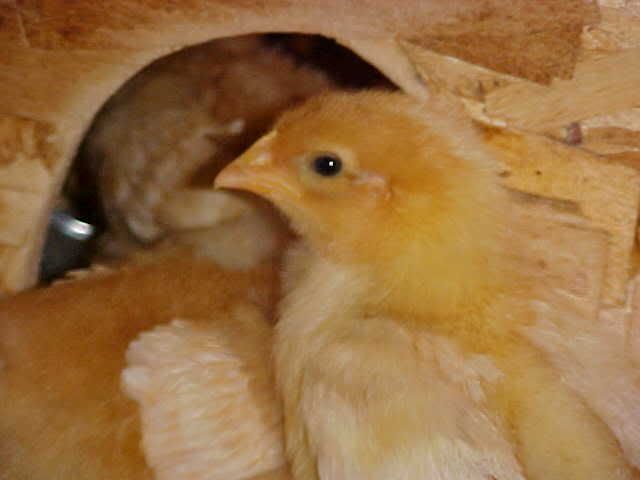
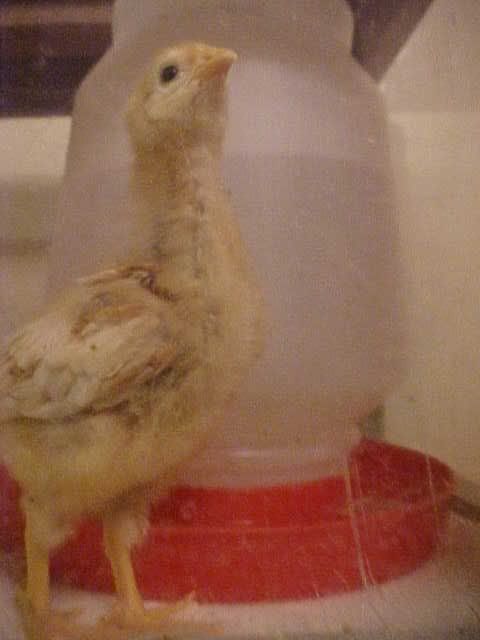
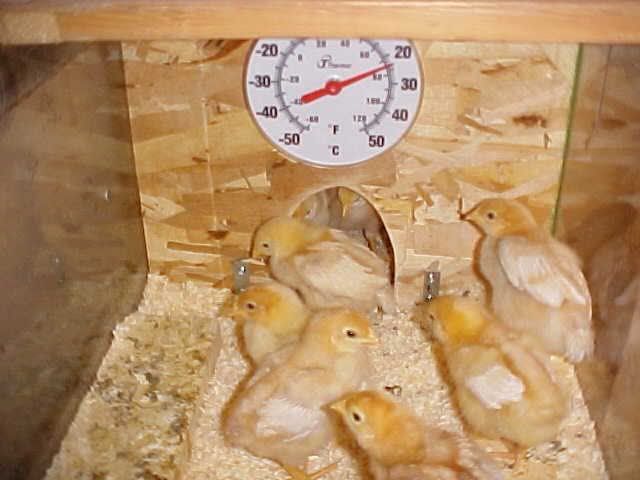
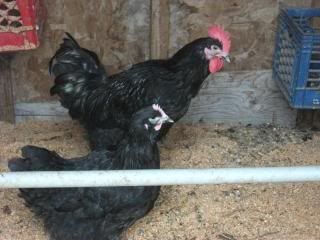

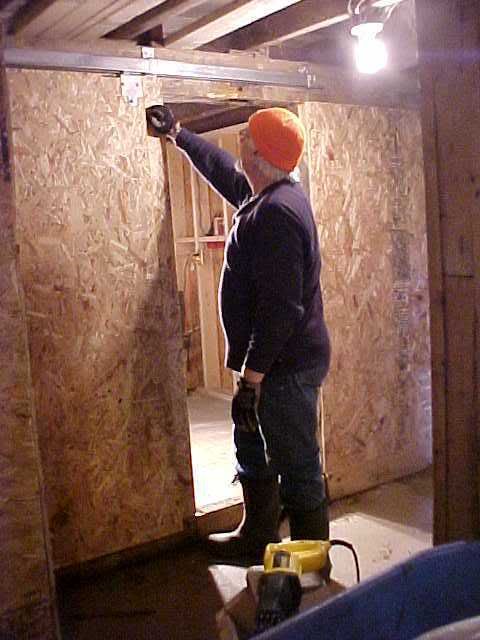

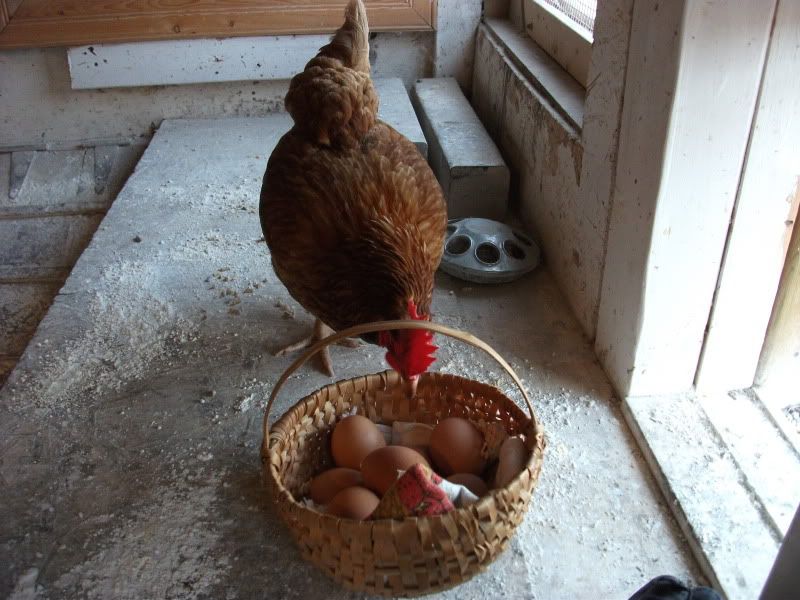
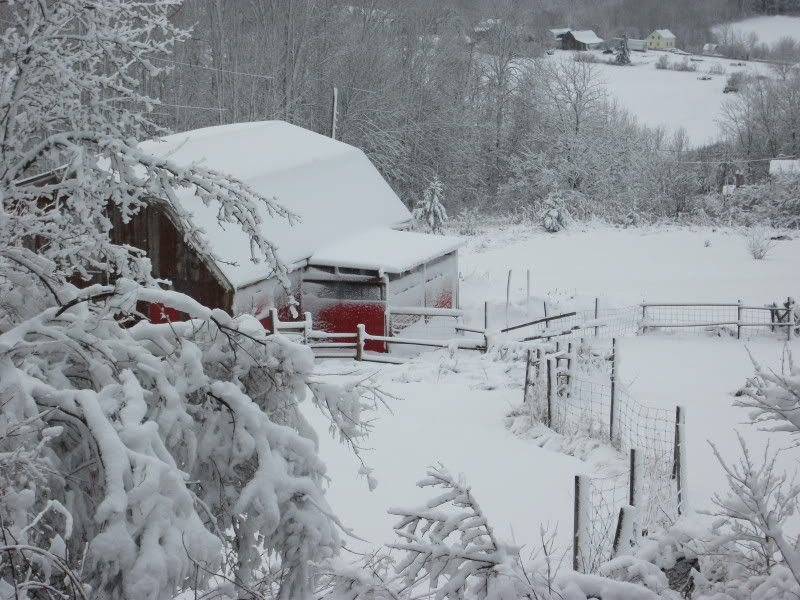




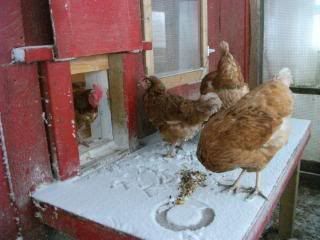
No comments:
Post a Comment